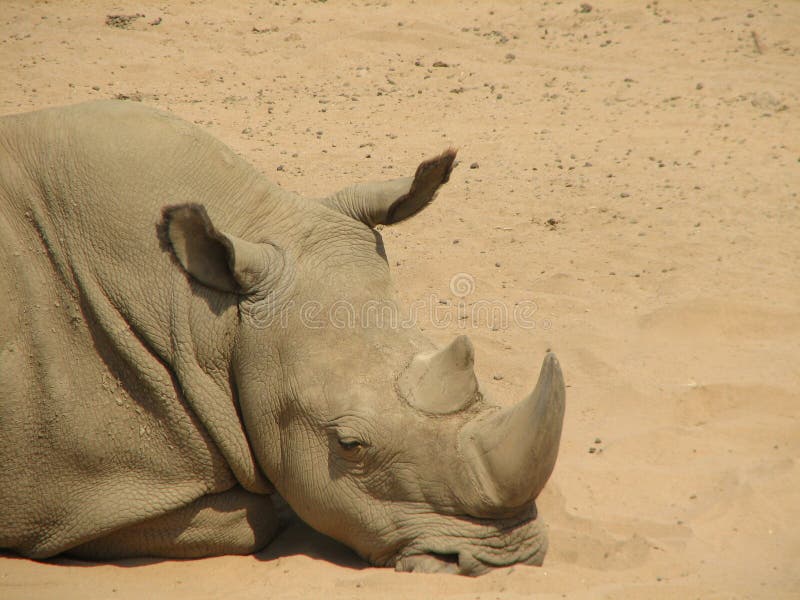


There have been to close to 100 known species of rhino, but now only five species remain. The rhino is one of the oldest groups of mammals that once roamed throughout Asia and Africa, and their population was thought to be around half a million at the beginning of the 20th century. Keep reading on to find out more about these interesting animals and learn some cool rhino facts. Conservation efforts have prevented the surviving species from disappearing, but hunting by humans is their biggest threat. Unfortunately, the rhino is an endangered animal, with some species already extinct.

Two of these species live in Africa, and two live in Asia. There are five remaining species of rhino, which are the White Rhinoceros, the Black Rhinoceros, the Greater One Horned Rhinoceros (also known as the Indian Rhinoceros), the Javan Rhinoceros and the Sumatran Rhinoceros. Perissodactyl are herbivores which means they do not eat meat, they only eat vegetation, plants and grasses. The word ‘perissodactyl’ comes from the Greek language and means ‘odd-number finger or toe’. Sub-order Hippomorpha: Family Equildae – horses, zebra and asses Sub-order Ceratomorpha: Family Tapiridae – tapirs, Family Rhinocerotidae – rhinoceroses Perissodactyls are divided into 2 suborders, 3 families and 15 species which include: Horses and zebras are also members of this species, however, they are divided up again into sub-orders as you can see below: Rhinoceroses carry their main weight on the middle toe of each foot. ‘Odd toed ungulates’ are animals that have hoofs but have a reduced number of toes (usually 3 toes). Rhinoceroses belong to the family Rhinocerotidae and belong to the order Perissodactyla, (perissodactls) which means ‘odd toed ungulates’. Grey or brown in color, these animals are unique in their appearance. The Rhinoceros, or Rhino for short, is one of the largest remaining megafauna, with all species known to weigh one ton or more.


 0 kommentar(er)
0 kommentar(er)
